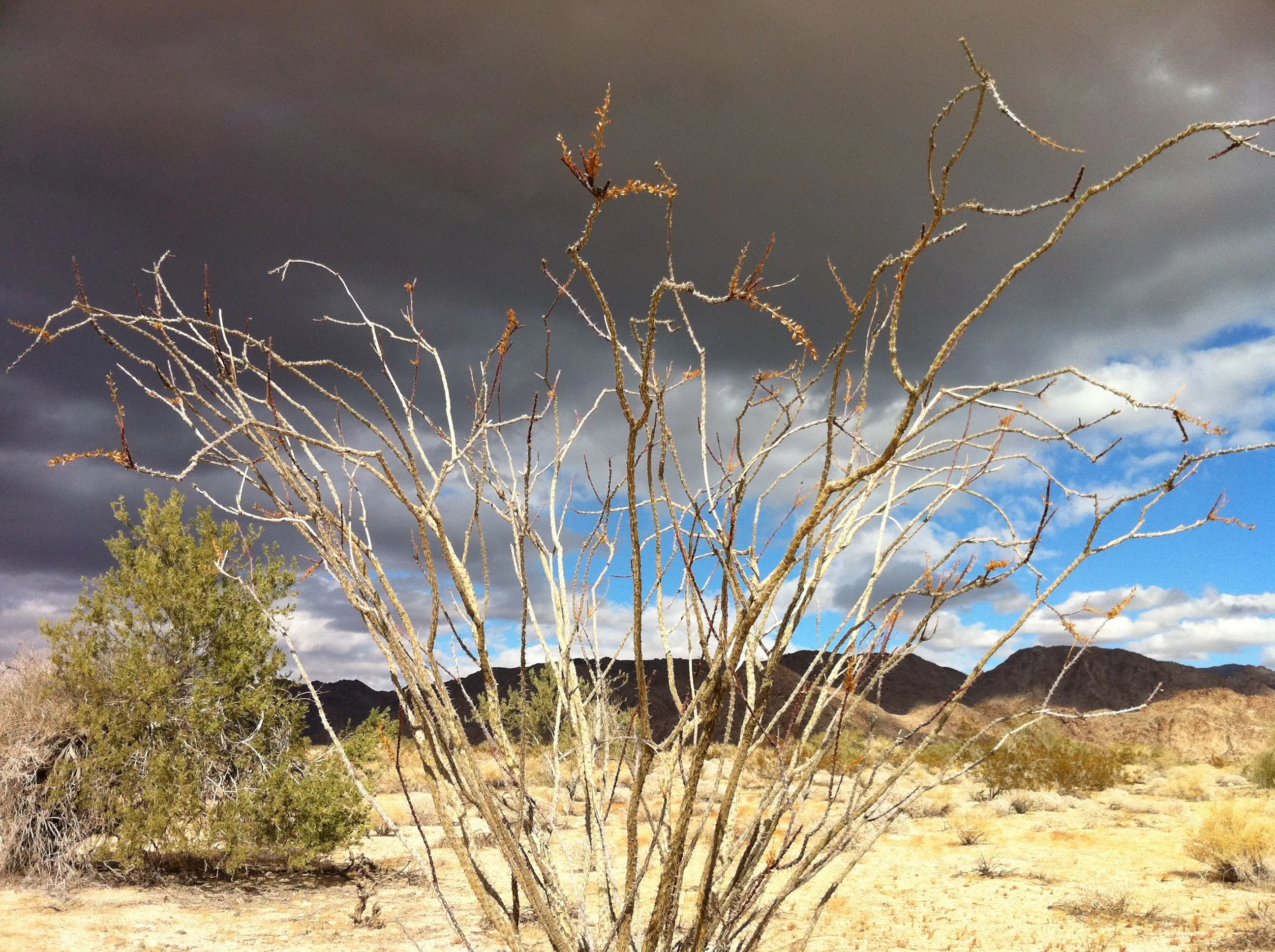Joshua Tree National Park transforms with the arrival of tarantula season, a unique natural spectacle that draws nature enthusiasts and curious visitors alike. This guide provides everything you need to know about experiencing this fascinating event safely and respectfully. From understanding the spiders’ behavior to practical tips for spotting them, discover how to make the most of your visit during tarantula season in Joshua Tree. This guide is packed with valuable information and insights to help you appreciate the wonders of this unique desert phenomenon. Prepare to explore the desert landscape and witness the beauty of the tarantula migration.
What is Tarantula Season in Joshua Tree
Tarantula season in Joshua Tree typically occurs during the late summer and early fall months, usually from August to October. This is the time when male tarantulas become active and begin their search for a mate. It’s a relatively short but captivating period when these usually elusive creatures become more visible, venturing out of their burrows and across the desert landscape. This seasonal event offers a rare glimpse into the lives of these fascinating arachnids and the ecosystem they inhabit. During this period, the desert comes alive with activity, making it an excellent time for wildlife observation. The key to making the most of your visit is understanding the timing and what to expect during tarantula season.
Understanding Tarantula Behavior During the Season
During tarantula season, male tarantulas leave their burrows in search of females. This journey is driven by the urge to reproduce, making them more visible as they traverse the desert floor. They are often seen walking across roads, trails, and open areas. The males are primarily focused on finding a mate, they are generally not aggressive unless provoked. However, it’s essential to maintain a safe distance and respect their space. Understanding this behavior allows you to appreciate the natural processes at play and observe these creatures responsibly. This understanding also helps visitors know the best places and times to spot these creatures.
Why Tarantulas Come Out
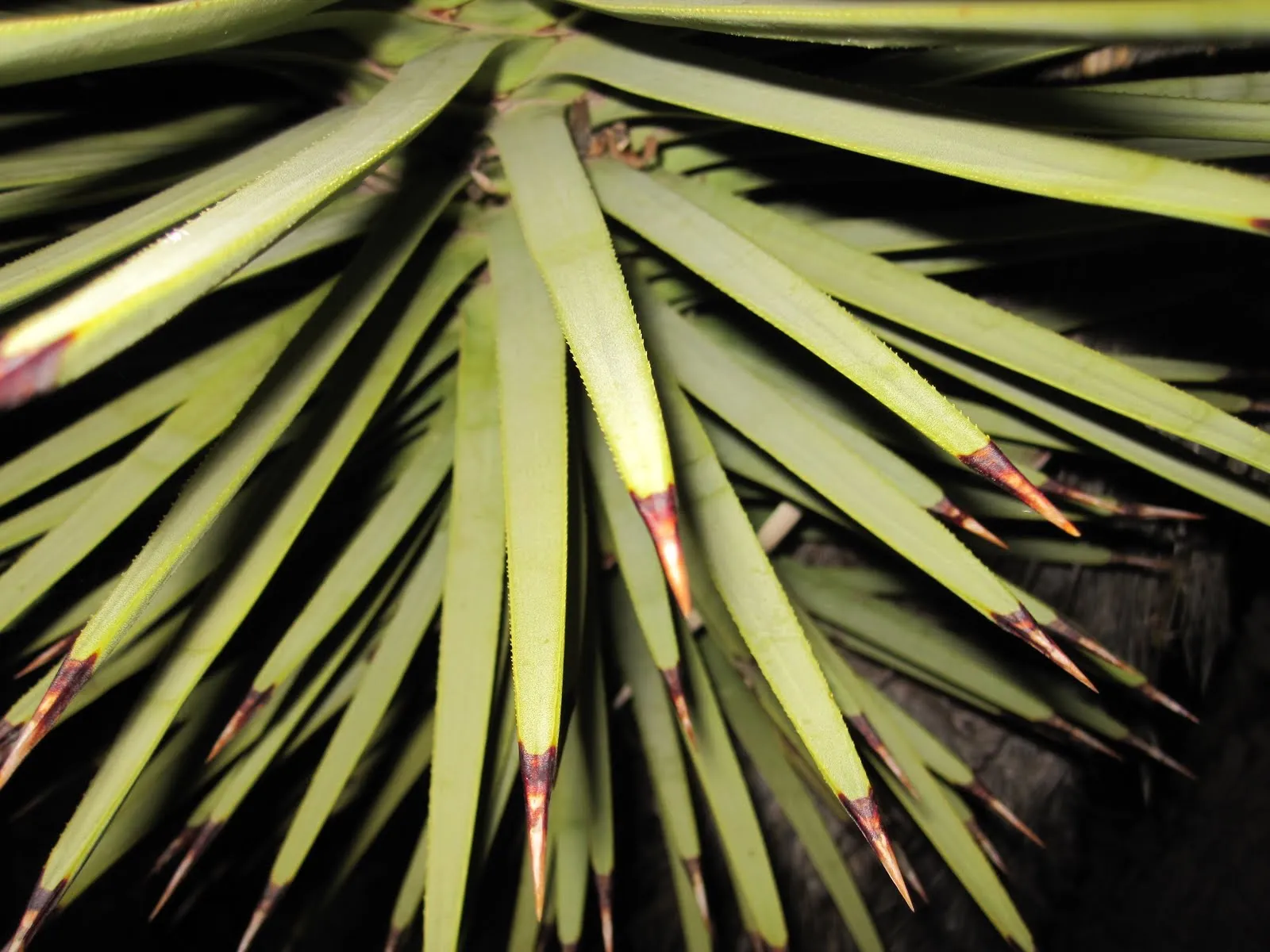
The primary reason tarantulas come out during this season is to mate. Male tarantulas, after reaching maturity, leave their burrows to find a female. They do this by following pheromone trails left by females. This behavior is a crucial part of their life cycle, ensuring the continuation of their species. The timing of this season is also influenced by environmental factors, such as temperature and humidity, which create optimal conditions for their activity. This biological imperative explains why so many tarantulas are seen moving around the desert during this time of the year, making it a unique event for nature enthusiasts. This journey is critical for the survival of the species.
Top 5 Tips for Experiencing Tarantula Season in Joshua Tree
Tip 1 Plan Your Visit
Plan your visit during the late summer and early fall, typically August to October, to increase your chances of seeing tarantulas. Check the weather forecast and be prepared for hot desert conditions. It is advisable to arrive in the late afternoon or early evening, as tarantulas are most active during these cooler times. Consider staying overnight to maximize your viewing opportunities, as the cooler night temperatures often bring the tarantulas out. Ensure you have adequate supplies, including water, sunscreen, and appropriate clothing, to stay comfortable and safe. This is crucial for a successful and enjoyable experience, and allows you to maximize the chance of seeing tarantulas.
Optimal Timing for Tarantula Sightings
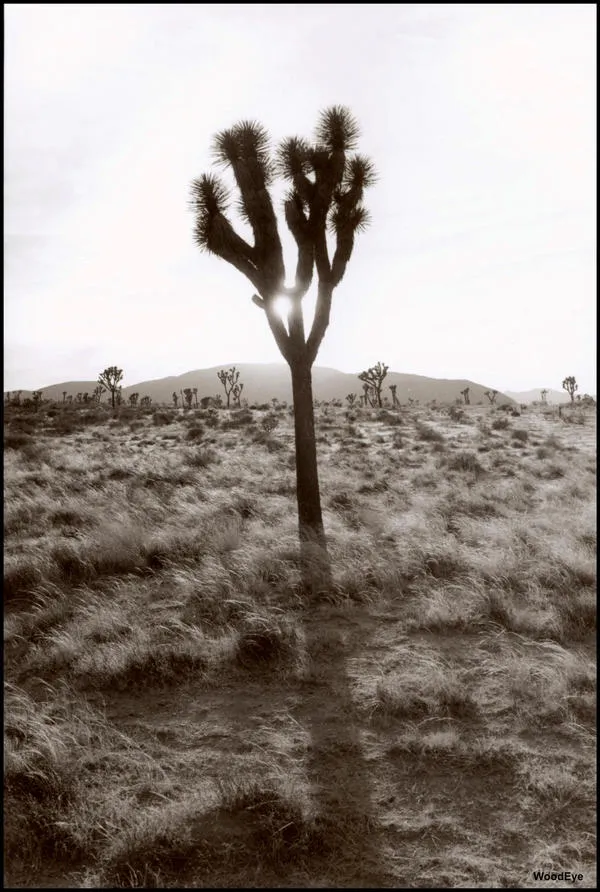
The best time to spot tarantulas is often in the late afternoon, as the sun begins to set, and the temperature cools down. The period from dusk to early evening is when they are most active, making it the ideal time for observation. This is when male tarantulas typically emerge from their burrows to search for mates. However, it’s also worth exploring during the early morning, as they may still be active. Always be patient and observant, as tarantulas can be elusive. Using a flashlight or headlamp can help spot them in the low light conditions, but always be mindful of the impact of light on their behavior.
Tip 2 Know Where to Look
Familiarize yourself with the areas within Joshua Tree National Park where tarantulas are commonly sighted. Trails and roads are popular locations because tarantulas often cross them. Look for them on flat, open spaces, and near rocky areas where they might have burrows. Consider driving slowly and scanning the roadsides, especially during the late afternoon and early evening. This approach increases the likelihood of spotting these creatures. Be prepared to stop and observe from a safe distance if you do spot one. The best way to see tarantulas is by being patient and observant. Use a map of the park and research the known habitats beforehand to plan your route.
Popular Tarantula Habitats in Joshua Tree
Tarantulas are often found in areas with sandy soil, where they can dig their burrows. Look for them near rocks, as these provide shelter and protection from the elements. Keep an eye out along roads and trails, as tarantulas are frequently seen crossing these paths. Some specific areas within the park that are known for tarantula sightings include the more open desert landscapes. Researching these areas ahead of time can significantly enhance your chances of spotting these fascinating creatures. Exploring these habitats can offer a deeper understanding of the environment and enhance the overall experience.
Tip 3 Safety First
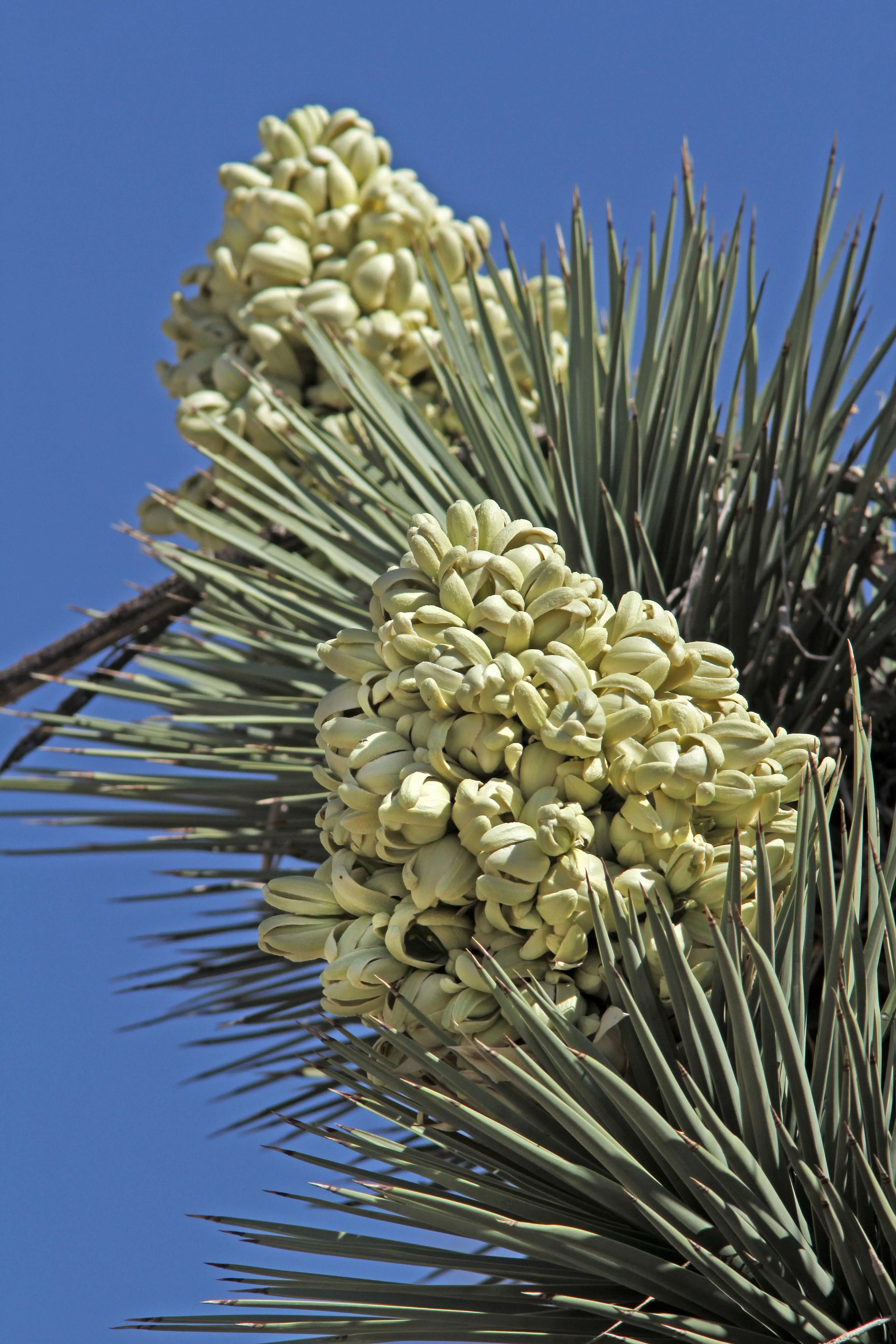
Maintain a safe distance from the tarantulas. Although they are not typically aggressive, they may bite if they feel threatened. Avoid touching or attempting to handle them. Be aware of your surroundings and watch out for other desert wildlife, such as snakes and scorpions. Always hike with a buddy and let someone know your plans. Carry a first-aid kit and know how to respond to a snakebite. These precautions are essential for a safe and enjoyable experience during tarantula season. Respecting the wildlife and being prepared for potential encounters will make the trip safer and more memorable. Always be cautious and mindful of your surroundings.
Precautions to Take Around Tarantulas
The most important precaution is to maintain a safe distance. Do not attempt to touch, handle, or provoke the tarantulas in any way. Be aware that tarantulas have fangs and can bite if they feel threatened. Avoid sudden movements or loud noises that might startle them. Wear closed-toe shoes and long pants to protect yourself from potential bites. Always supervise children and keep them away from tarantulas. If you do encounter a tarantula, observe it from a distance and appreciate it from afar. By taking these precautions, you can minimize the risk of an unwanted encounter. Remember, your safety is paramount.
Tip 4 Respect the Wildlife
Observe tarantulas and other wildlife from a distance. Do not disturb their natural behaviors or habitats. Avoid using flash photography, as it can startle and disorient them. Leave no trace of your visit; pack out everything you pack in. This includes all trash, food wrappers, and any other items. Stay on designated trails to minimize your impact on the environment. Support the preservation of their habitat by respecting the delicate ecosystem. Practicing responsible wildlife viewing ensures that future generations can enjoy the wonders of tarantula season. Be a responsible visitor and help protect the beauty of Joshua Tree National Park.
Ethical Viewing Practices
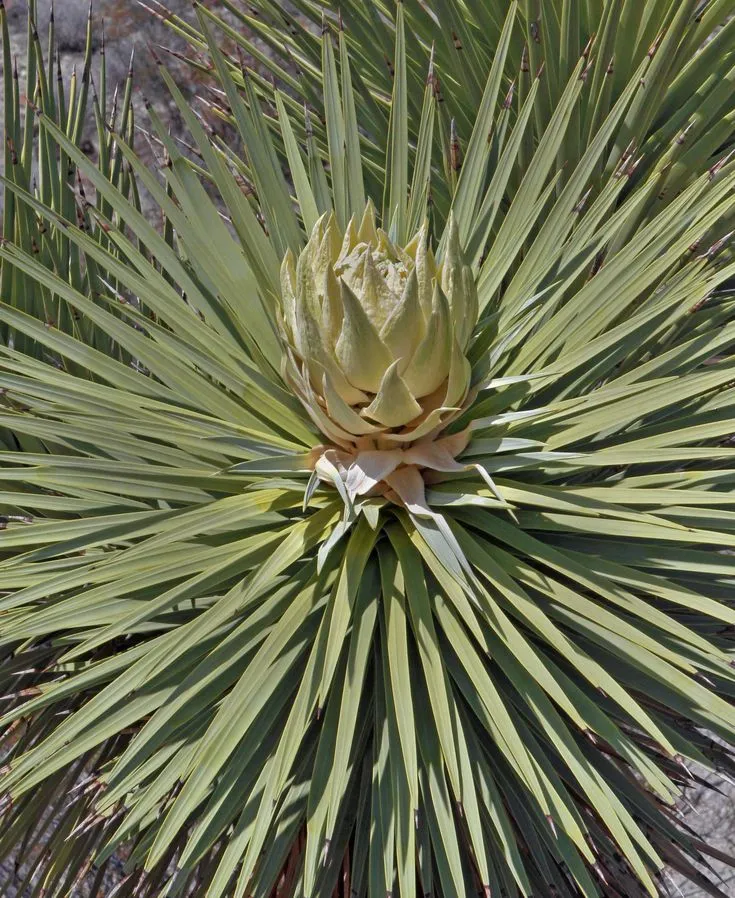
Adopt ethical viewing practices to minimize your impact on the wildlife. Observe tarantulas from a distance using binoculars or a telephoto lens. Avoid approaching or cornering them, as this can cause stress. Do not attempt to feed or interact with the tarantulas. Respect their space and do not disrupt their natural behaviors. Educate yourself about their behavior and life cycle to understand and appreciate them better. Share your knowledge with others to promote responsible wildlife viewing. By adopting these practices, you contribute to the conservation of tarantulas and their habitat. Responsible viewing is essential for preserving the natural beauty of Joshua Tree.
Tip 5 Capture the Moment
If you choose to take photos, use a telephoto lens to maintain a safe distance. Avoid using flash photography, as it can disturb the tarantulas. Be patient and wait for the right moment to capture the best shots. Consider the background and composition of your photographs to make them visually appealing. Respect the wildlife by not disturbing their environment to get a good picture. Remember, the goal is to capture the moment responsibly without interfering with the tarantulas’ natural behavior. Capture the beauty of the desert landscape along with the tarantulas. Take time to observe and appreciate the scene before attempting to photograph it. Focus on ethical photography practices and capturing the true essence of the moment.
Best Photography Practices
Use a telephoto lens to photograph tarantulas from a safe distance. Set your camera to a high ISO setting to capture images in low light conditions. Avoid using flash, as it can disturb the tarantulas. Focus on capturing natural behaviors and interactions. Experiment with different angles and compositions to create compelling images. Be patient and wait for the right moment. Respect the environment and avoid disturbing the tarantulas or their habitat. Capture the beauty of the desert landscape to provide context to the tarantulas. By following these photography practices, you can take stunning photos while ensuring the well-being of the wildlife. Remember to always prioritize the animal’s welfare.
Enjoy your visit to Joshua Tree National Park during tarantula season! With the right preparation and respect for wildlife, you can have a memorable and rewarding experience witnessing these incredible creatures in their natural habitat.
